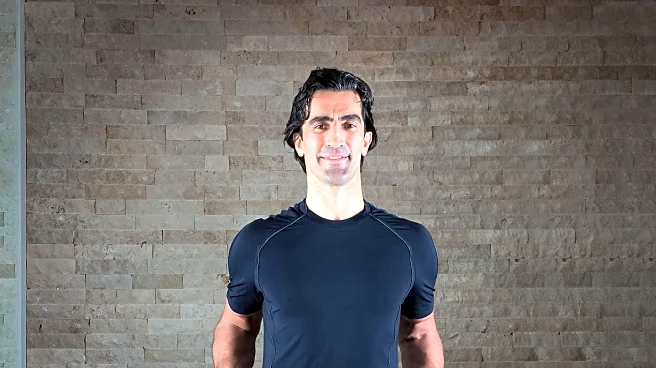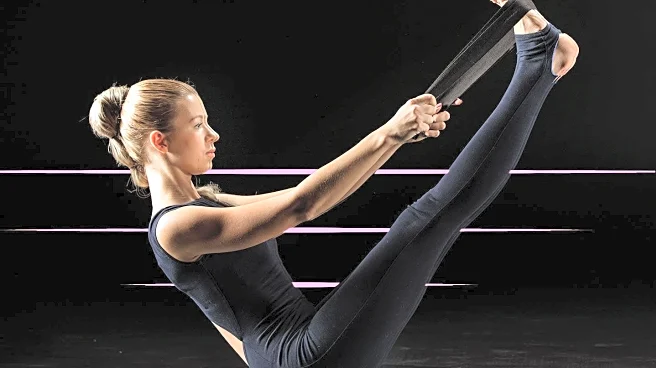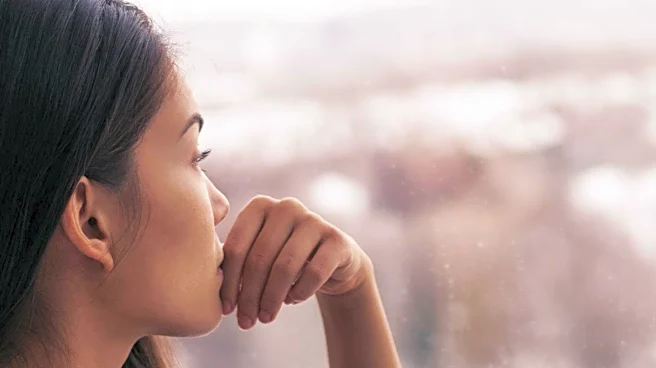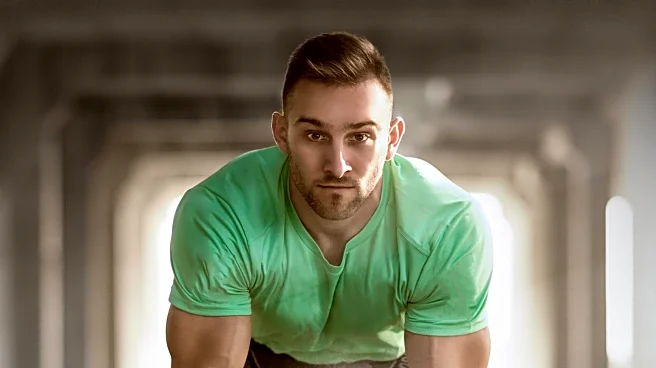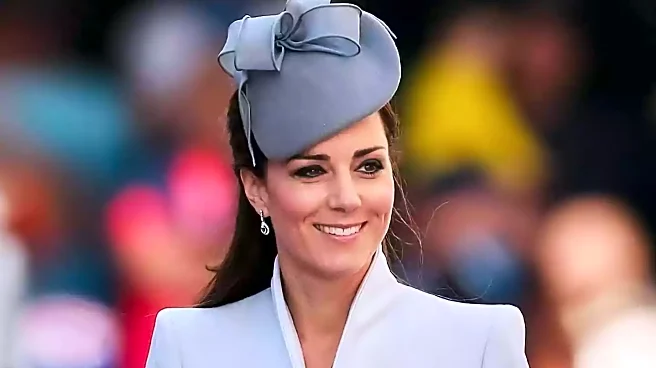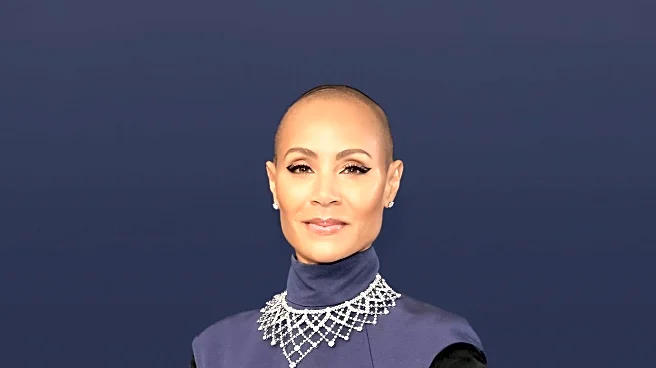What's Happening?
Pilates reformer classes are experiencing a surge in popularity, driven by a renewed interest in the workout's benefits and its alignment with current body ideals. The reformer, a machine designed to provide resistance and support, is becoming a staple in fitness routines, particularly among those seeking core strength, flexibility, and balance. This resurgence is reflected in the increased bookings on platforms like ClassPass and a rise in Google searches for reformer Pilates since 2022. The workout, originally developed by Joseph Pilates in the 1920s, has evolved from its military and dance roots to become a mainstream fitness trend. Despite its benefits, Pilates is often associated with societal pressures to achieve a 'long and lean' body type, a standard that carries racial and social class implications.
Why It's Important?
The growing popularity of Pilates reformer classes highlights broader societal trends regarding body image and fitness. As the fitness industry continues to evolve, workouts like Pilates are often marketed as a means to achieve an idealized body type, reflecting ongoing cultural narratives about beauty and health. This trend underscores the tension between the physical benefits of exercise and the societal pressures to conform to specific body standards. The resurgence of Pilates also points to a shift in fitness preferences, with individuals increasingly seeking workouts that offer both physical and mental health benefits. However, the emphasis on appearance can overshadow the holistic advantages of such exercises, perpetuating a narrow view of fitness and wellness.
What's Next?
As Pilates reformer classes continue to gain traction, fitness studios may expand their offerings to cater to the growing demand. This could include more accessible pricing models and diverse class schedules to attract a wider audience. Additionally, there may be increased discourse around the cultural implications of fitness trends, prompting a reevaluation of how workouts are marketed and perceived. Stakeholders in the fitness industry, including instructors and gym owners, might explore ways to emphasize the inclusive and health-focused aspects of Pilates, rather than solely its aesthetic outcomes. This shift could foster a more balanced approach to fitness, prioritizing well-being over appearance.
Beyond the Headlines
The Pilates trend raises questions about the intersection of fitness, culture, and identity. As workouts like Pilates become more popular, they can reflect and reinforce societal norms about gender, race, and class. The emphasis on achieving a 'long and lean' physique can perpetuate exclusionary ideals, marginalizing those who do not fit this mold. This dynamic highlights the need for a more inclusive fitness culture that celebrates diverse body types and prioritizes health over aesthetics. Additionally, the resurgence of Pilates may signal a broader cultural shift towards wellness practices that integrate physical, mental, and emotional health, challenging traditional notions of fitness.
